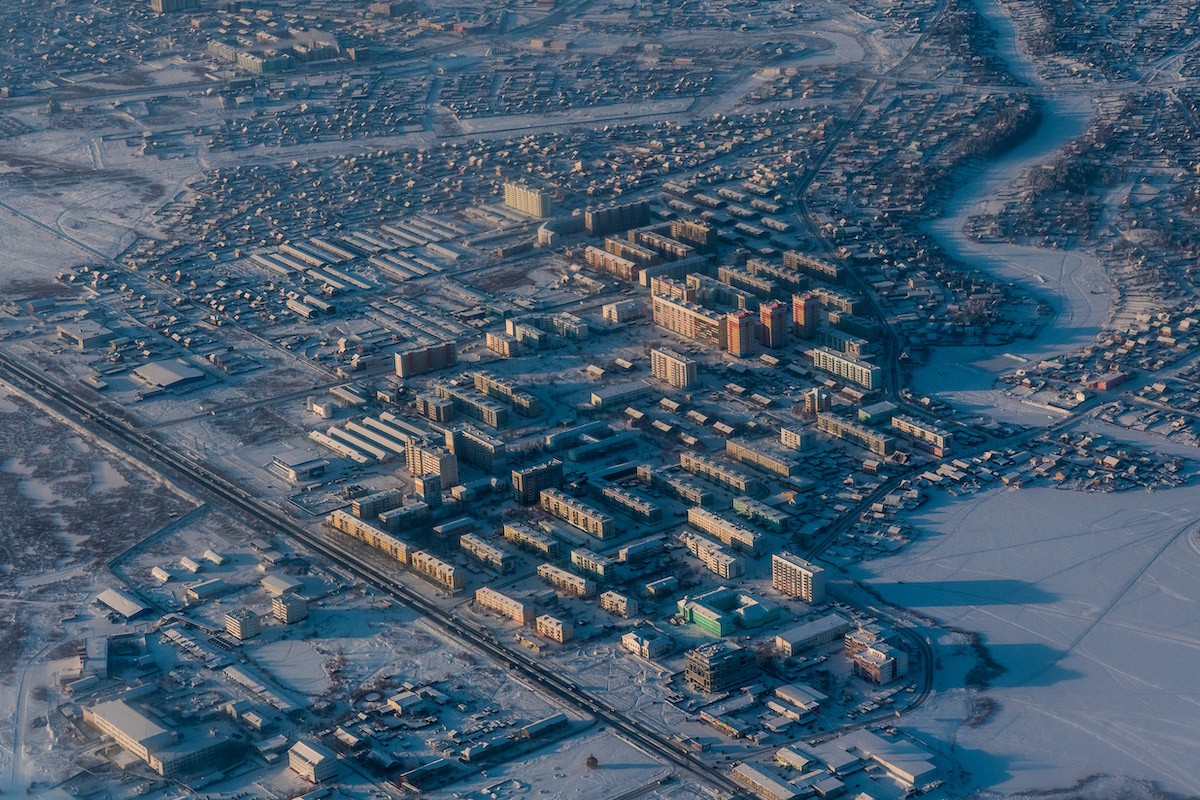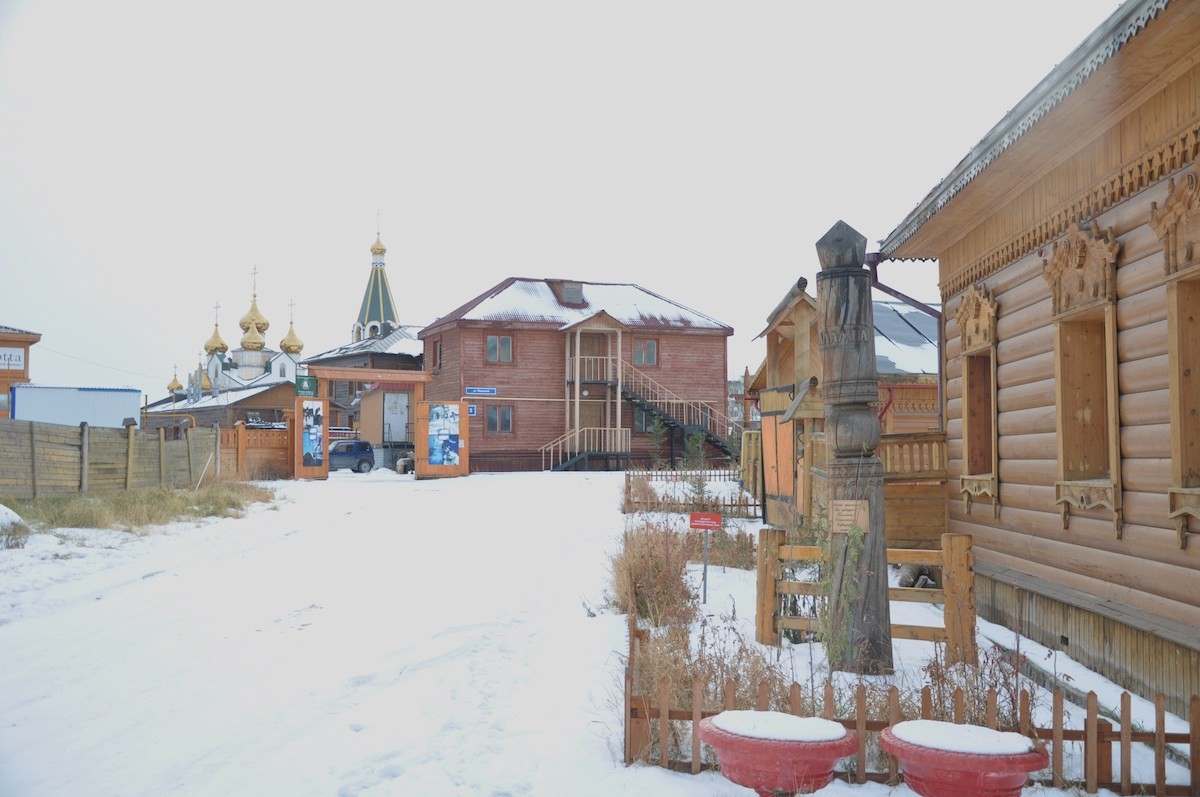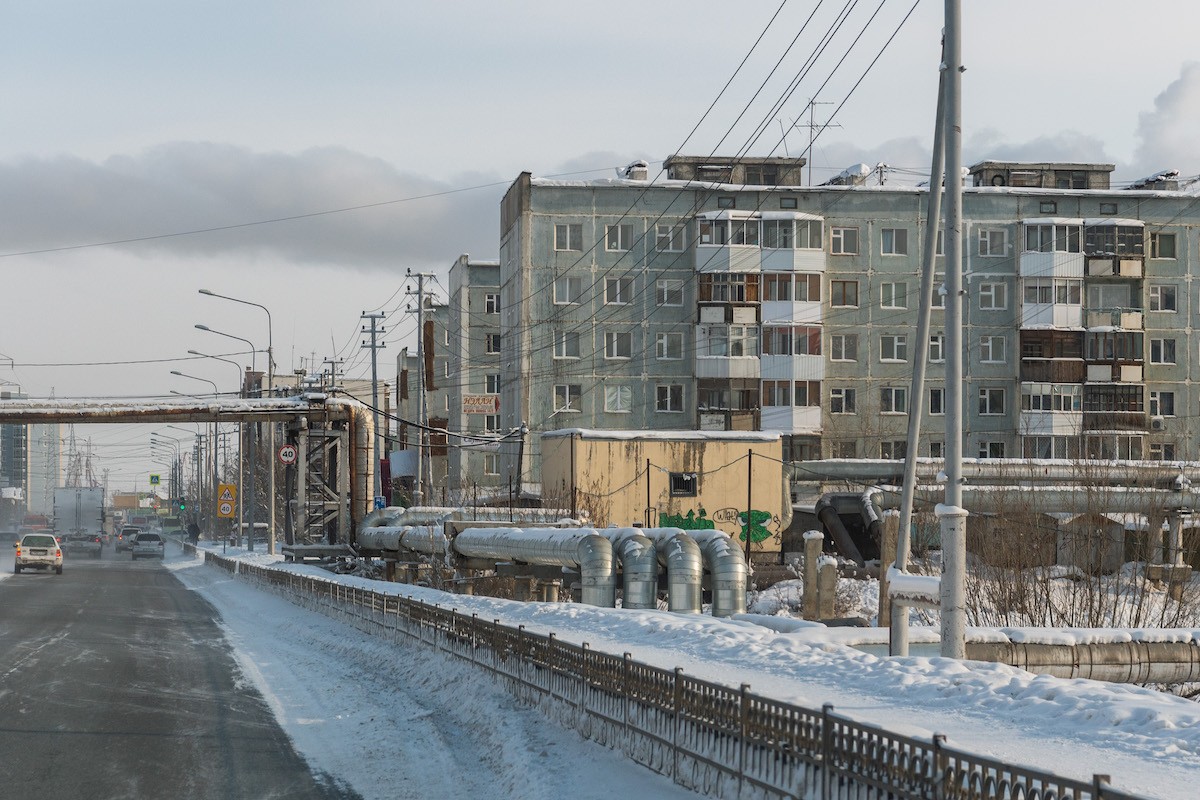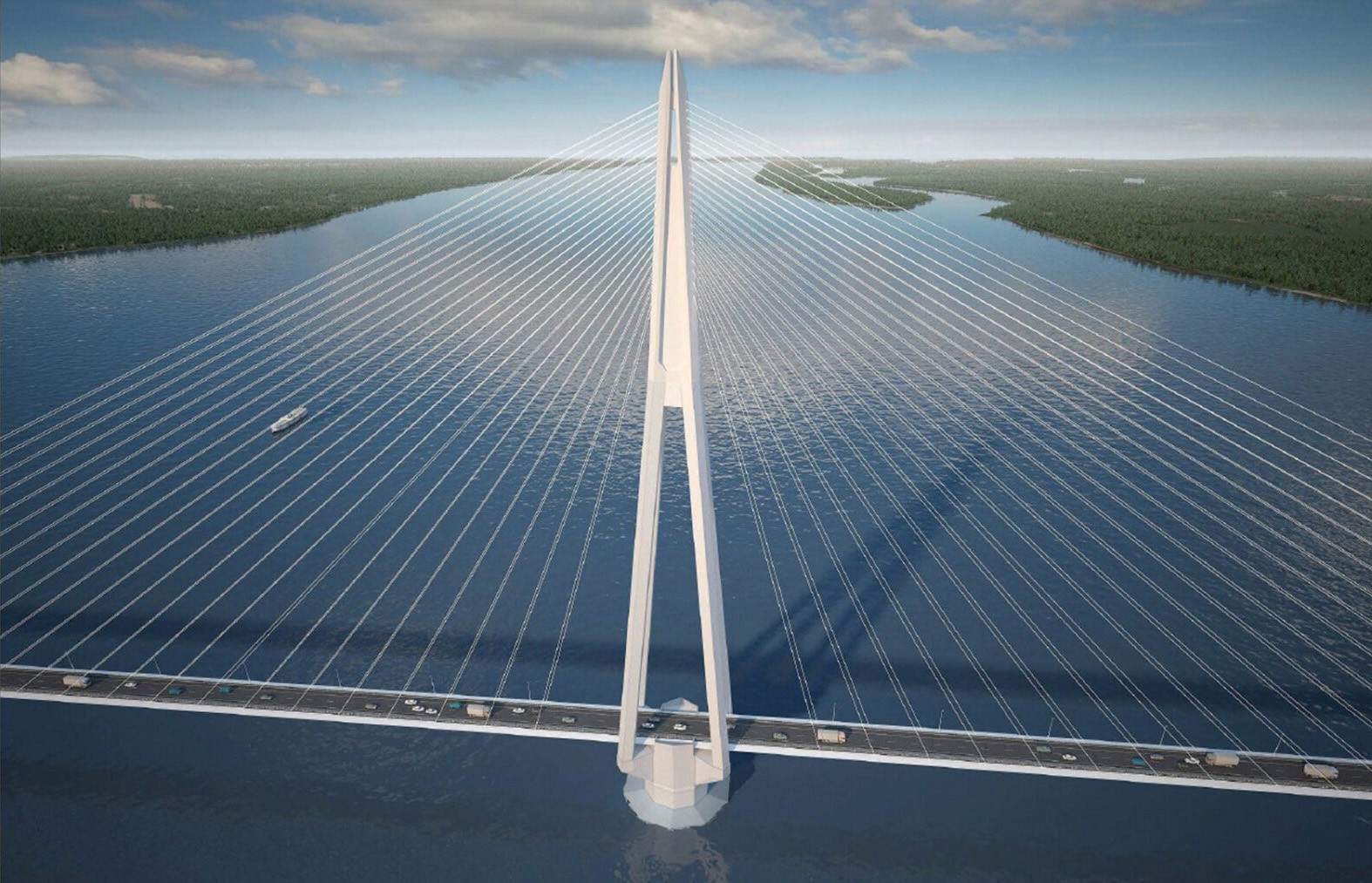Construction in the coldest city on earth
Builders have had to get creative when designing for the harsh conditions in Yakutsk, Russia.

The Siberian city of Yakutsk can reach -50 C. – Creative Commons License
An arctic chill has settled over much of Canada, prompting many to install their snow tires, layer up and begrudgingly shovel the driveway.
But we can take comfort in one thing: it could be worse. A lot worse.
Let’s explore Yakutsk, the coldest city in the world. It sits near the Lena River, in East Siberia. The biggest economic driver in the region is mining as it is rich in coal, gold and diamonds. As such, many mining companies have set up their headquarters nearby.
But housing people and transporting goods isn’t easy when your average monthly temperatures range from 19.9 C in July to −37.0 C in December. The lowest temperature ever recorded there was −64.4 C. Want to drive your car? You better keep it in a heated garage or leave it running outside.
Permanently frozen
The city of Yakutsk has a mixture of modern tall buildings, Soviet time blocks of apartments and old wooden houses. Many of them are brightly coloured in an effort to combat depression and provide landmarks in low-visibility conditions.
According to the North-Eastern Federal University in Yakutsk, the warm air coming from homes and buildings also causes “habitation fog” because the air is so cold that it cannot rise.
Yakutsk is the largest city in the world built completely on top of permafrost, a layer of frozen soil hundreds of meters deep which never melts. This requires most structures to be built on top of stilts or piles so that their heat from the buildings does not melt the layers below and cause instability.
Experts at Siberia Federal University explained that there are many kinds of piles, like bored piles developed by the specialists from the city of Krasnoyarsk. Thanks to this technology, the special auguring drill cuts through the permafrost before reinforced cage is put inside and then filled with concrete.
Now the industry also uses modern concrete compounds, which do not get frosted during the pours. Previously the ground had to be thawed by steaming for months for the piles to be inserted. They noted that pile-supported buildings were first constructed by Michael Kim, a former labour camp prisoner who studied permafrost and was awarded the Lenin Prize, one of the most prestigious honours in Soviet Russia, for his innovations.

Rethinking design
Solving the issues that the region’s extreme weather present for buildings was a passion for Siberian architect A. D. Kryachkov. When he designed and built structures in the 1910s-1930s, he wanted to use science to prevent damage and durability issues. He studied the behaviour of structural materials and structural elements in the cold climate conditions and incorporated the results into the design process. As a result his buildings have preserved their original image for many decades.
His research identified important laws of joint work of building structures and components in Siberian conditions. He also demonstrated it is the mid-season with sharp negative and positive temperature changes rather than winter that present a the biggest danger to structures. Since watering in such conditions leads to structure freezing, he argued that architects should consider protection of a building from accumulation of precipitants on its structures and elements.
Some of his techniques included using a special, semi-flattened plastic with dominating vertical structural elements for building faces. Balconies had a minimal overhang. Flat pilasters and belt courses, horizontal and vertical structural elements, shaped as dumb window sills and frames of windows and pillars, served as the main means of plastic expressiveness for the designer. The buildings had inclined roofing, ventilated attics to prevent rot and were devoid of blind ramparts.

Bridging the Lena
The extreme weather doesn’t stop major infrastructure projects from moving forward. In 2020, a concession agreement was signed for the design, construction and operation of a bridge across the river Lena in Yakutia between the government and OOO Eighth Concession Company, owned by the VIS Group. The project is structured as a private concession initiative.
The river slices through the Yakutia region cutting off more than 80 per cent of the region’s residents from travel for roughly 6 months each year.
In June, VIS Group announced early work on the project is well underway. This includes land preparation, and removal and reconstruction of utilities. Crews must now move a high-pressure gas pipeline that spans over 900 meters. They are also dismantling and moving high-voltage power lines. Design and construction is expected to take six years and the bridge’s lifespan will be around 19 years.

